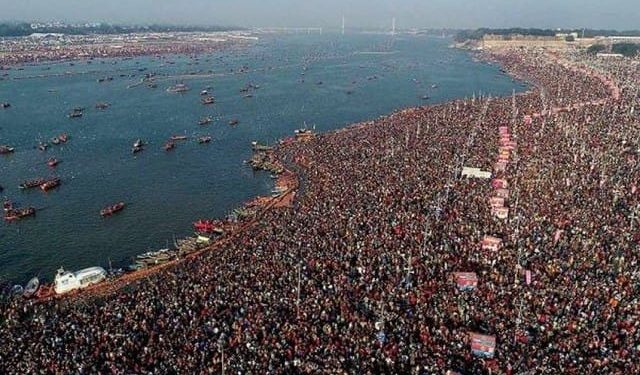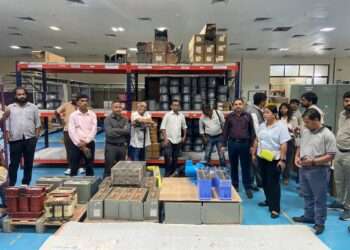As Makara Sankranti marks the beginning of the auspicious period, the grand Kumbh Mela 2025 is set to begin in Prayagraj, running from January 13 to February 26. This iconic festival, celebrated every 12 years, is not just a spiritual gathering but a testament to India’s timeless traditions and cultural heritage. Anticipated to attract over 400 million pilgrims, it remains one of humanity’s largest gatherings, drawing devotees and seekers from across the globe.
The Kumbh Mela has been a symbol of faith for centuries, rooted in ancient mythology and the quest for salvation. Over the last 100 years, it has evolved to adapt to changing times while preserving its spiritual core. The festival is celebrated cyclically at four sacred locations: Prayagraj, Haridwar, Nashik, and Ujjain, depending on specific planetary alignments.
The Shahi Snan, or royal bath, is the heart of the Kumbh Mela. On key dates, sadhus, saints, and devotees immerse themselves at the confluence of the Ganga, Yamuna, and the mythical Saraswati rivers. This ritual, believed to cleanse sins and aid in attaining moksha (liberation), has been performed with unwavering devotion for over a century. The procession of Naga Sadhus, clad in ash and chanting hymns, is one of the most iconic and spiritually charged spectacles of the event.

Makara Sankranti and Special Observances
The festival begins on January 13, coinciding with Makara Sankranti, which marks the Sun’s transition into Capricorn (Makara Rashi). The other key bathing dates are:
- January 27: Paush Purnima
- February 8: Mauni Amavasya
- February 12: Basant Panchami
- February 24: Maghi Purnima
Each of these dates holds deep spiritual significance, drawing millions to the riverbanks.
This year, the Kumbh Mela pays homage to Swami Shivanand Saraswati, a revered 128-year-old yoga guru who has attended the festival for 100 consecutive years. His life and devotion are a testament to the enduring power of faith and simplicity, inspiring countless followers.
Managing the Modern Kumbh
With millions expected to attend, the Kumbh Mela poses enormous logistical challenges. Authorities have created a temporary city spanning 4,000 hectares, complete with 150,000 tents, modern sanitation facilities, and advanced crowd management systems. Technology, including AI-driven monitoring and real-time updates, ensures the safety and comfort of pilgrims while maintaining the sanctity of the event.
Beyond its spiritual essence, the Kumbh Mela is a melting pot of cultures. Pilgrims from diverse backgrounds come together, fostering unity and shared consciousness. Cultural programs, discourses, and exhibitions add vibrancy to the festival, showcasing India’s rich heritage to the world.
As the Kumbh Mela 2025 unfolds, it exemplifies India’s ability to preserve ancient traditions while embracing modernity. The festival’s essence lies in its power to unite millions in their shared quest for spirituality and purpose. This centenary celebration is not just an event; it is a living legacy that continues to inspire generations.













